Monsoon season Trekking in Nepal
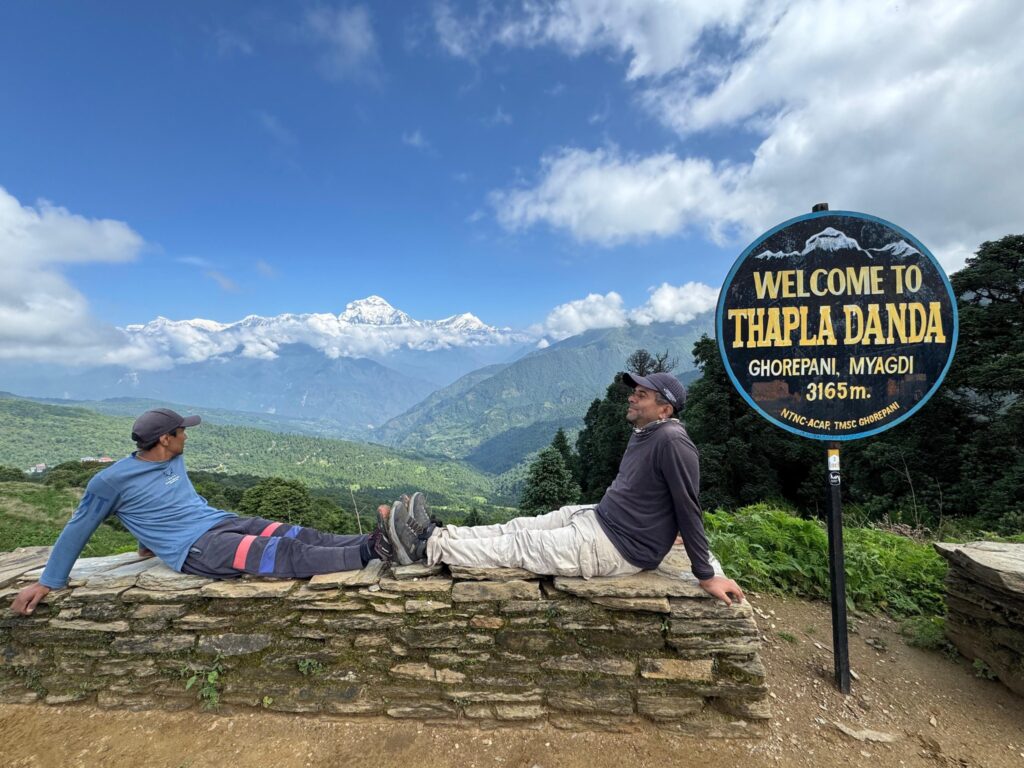
Embarking on Monsoon season Trekking in Nepal unveils a side of the country that’s vibrant, lush, and deeply authentic. From mid-June to early September, Nepal transforms under the monsoon’s touch—hillsides glow emerald, rivers surge with energy, and valleys burst into bloom. While many travelers flock to Nepal during the crisp autumn or spring trekking seasons, the rainy season offers a unique allure: quieter trails, rich cultural experiences, and landscapes pulsing with life. With thoughtful planning and the right destinations, Nepal rainy season treks can rival the best of peak-season adventures.
Why Travel to Nepal During the Monsoon?
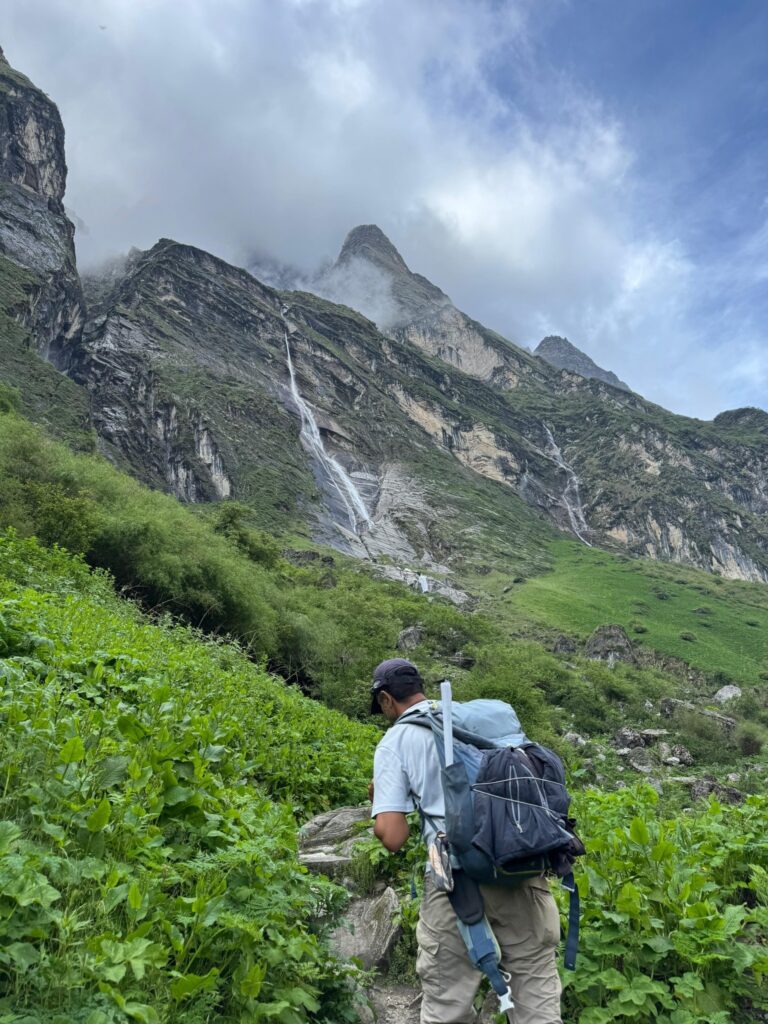
The monsoon season brings a host of advantages for adventurous travelers seeking a different perspective of Nepal:
- Vivid Landscapes: The rains breathe life into Nepal’s forests, terraced fields, and meadows, creating a tapestry of green hues and blooming wildflowers.
- Fewer Crowds: Popular trails and cultural sites are serene, offering a more intimate experience.
- Rich Festivals: The monsoon aligns with vibrant Nepali festivals, deepening your cultural immersion.
- Cost Savings: Off-season discounts on accommodations, flights, and tours make Monsoon season Trekking in Nepal budget-friendly.
- Unique Trekking Opportunities: Rain shadow regions and select trails remain accessible, showcasing stunning scenery without the heavy rainfall.
Best Monsoon Trekking in Nepal
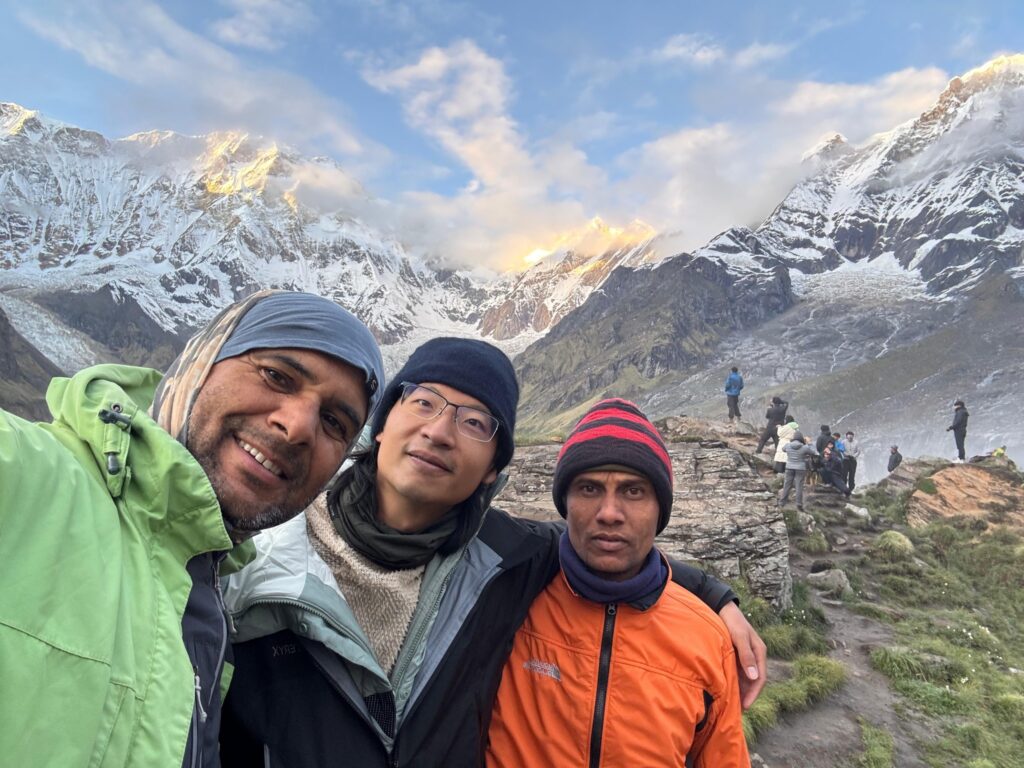
Not all trekking routes are ideal during the monsoon, but several shine for their accessibility and beauty. Here are five top picks for best monsoon treks in Nepal:
1. Ghorepani Poon Hill Trek

- Why It’s Great: This short, accessible trek offers breathtaking sunrise views over the Annapurna and Dhaulagiri ranges. Monsoon rains enhance the lush forests and wildflower meadows.
- Monsoon Advantage: Lower altitudes reduce landslide risks, and fewer trekkers mean peaceful trails.
2. Langtang Valley Trek
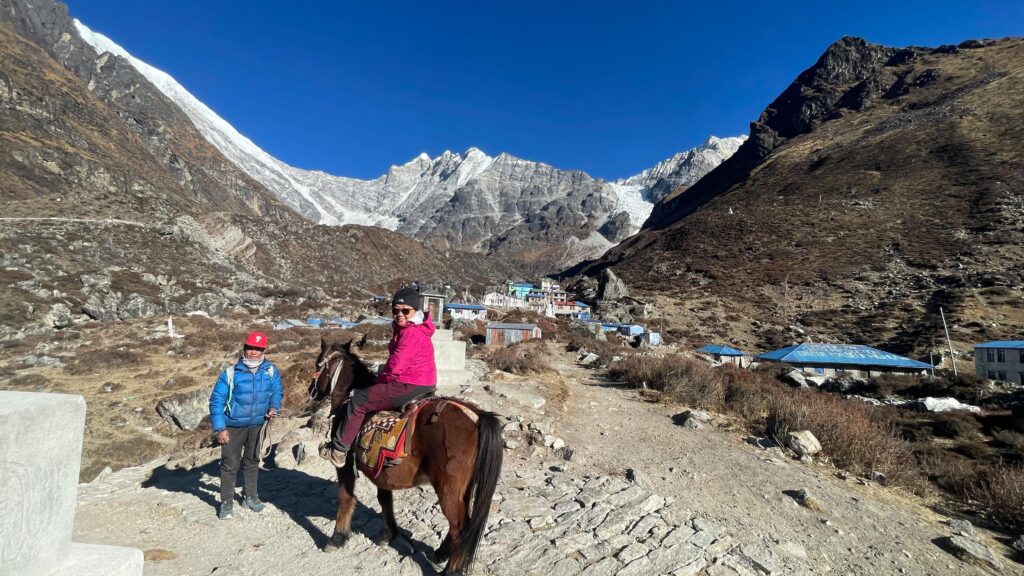
- Why It’s Great: Famous for wildflowers, waterfalls, and Tamang culture. The valley comes alive in the rainy season.
- Monsoon Advantage: Less crowded, with vibrant flora.
3. Nar Phu Valley Trek

- Why It’s Great: A remote, rain-shadow trek through medieval villages and dramatic gorges. The Nar Phu Valley blends cultural richness with striking mountain vistas.
- Monsoon Advantage: Less rain and sparse crowds make for an exclusive experience.
4. Annapurna Circuit Trek (Jomsom/Manang Sections)
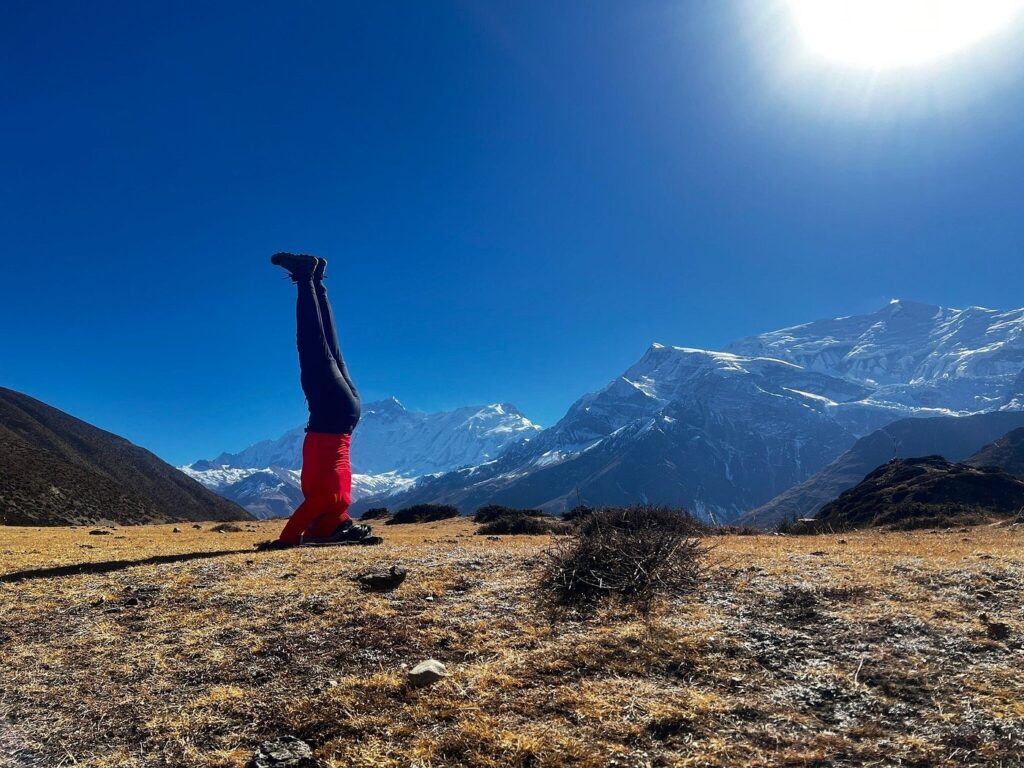
- Why It’s Great: The Jomsom and Manang areas lie in a rain shadow, offering arid landscapes, Tibetan-influenced villages, and panoramic mountain views.
- Monsoon Advantage: Drier conditions make this a prime choice for trekking in Nepal during monsoon.
5. Annapurna Base Camp Trek

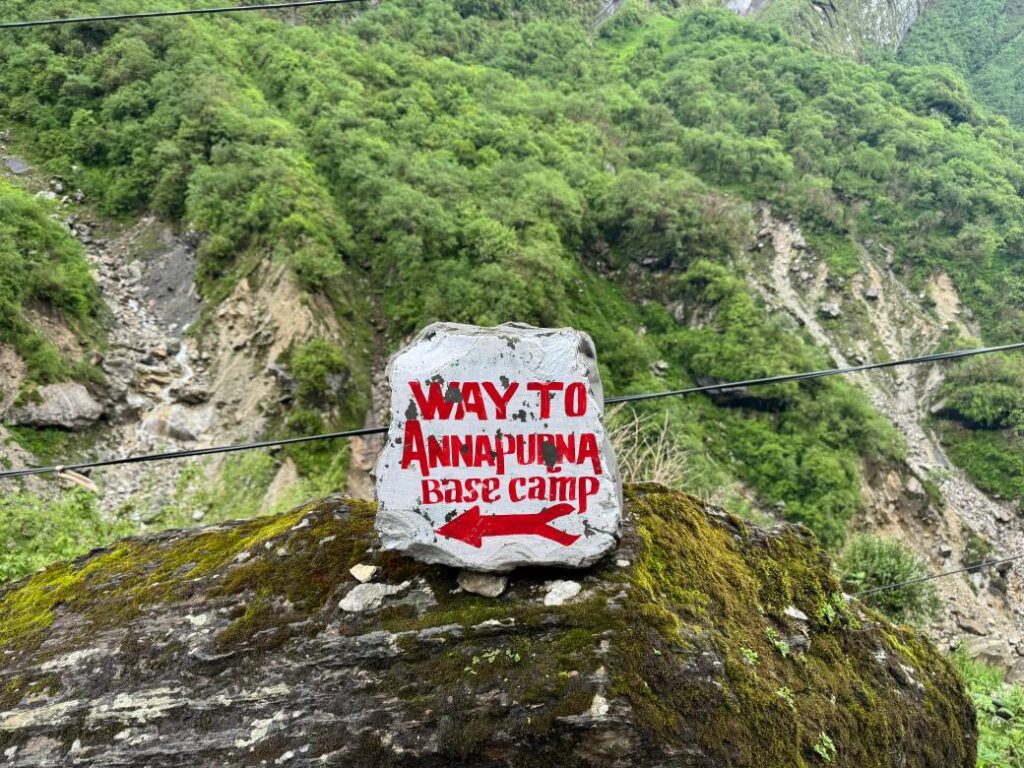
- Why It’s Great: Walk through lush forests, terraced fields, and traditional Gurung villages. The monsoon brings waterfalls and vibrant plant life.
- Monsoon Advantage The trail is manageable with preparation, and the scenery is at its most dramatic.
6. Mardi Himal Trek

- Why It’s Great: A short, scenic route through rhododendron forests and alpine meadows. The monsoon amplifies the greenery, especially at lower elevations.
- Monsoon Advantage: Quiet trails and vibrant landscapes create a serene trekking experience.
Weather and Trail Conditions
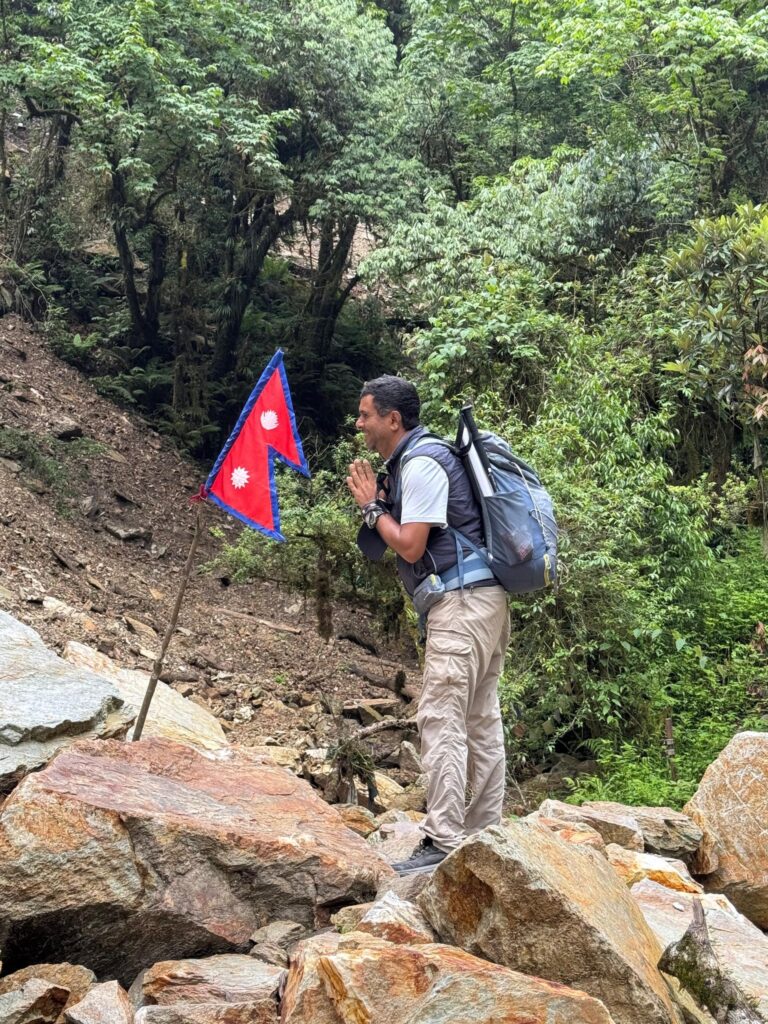

Monsoon weather typically brings 3–4 hours of rain daily, often in the afternoons or evenings. Mornings are usually clear, ideal for trekking and capturing photos. However, Nepal rainy season treks come with challenges:
- Trail Conditions: Muddy, slippery paths are common, especially at lower elevations. Leeches may appear in forested areas—leech socks are a must.
- Landslides and Delays: Heavy rains can trigger landslides or disrupt flights and road travel. Always include buffer days in your itinerary.
- Preparation: Start treks early to avoid afternoon showers and check local weather updates regularly.
Packing Essentials for Monsoon Trekking
Proper gear is critical for safe and enjoyable trekking in Nepal during monsoon. Here’s what to pack:
- Waterproof Clothing: A high-quality rain jacket, pants, and backpack cover.
- Footwear: Sturdy, waterproof trekking boots with good grip.
- Trekking Poles: For stability on slick trails.
- Leech Protection: Leech socks or repellent for forested areas.
- Quick-Dry Layers: Moisture-wicking clothing to stay comfortable.
- Travel Insurance: Essential for covering weather-related delays or emergencies.
Cultural Festivals and Local Experiences
The monsoon season coincides with vibrant Nepali festivals, offering travelers a chance to connect with local traditions. Key celebrations include:
- Janai Purnima: A Hindu festival where men renew their sacred threads, marked by family gatherings and rituals.
- Gai Jatra: A lively festival honoring the deceased, featuring colorful processions and performances.
- Sithi Nakha: Celebrated by the Newa community to welcome the monsoon, with feasts of wo (lentil flatbread) and spicy sides.
With fewer tourists, you’ll enjoy more authentic interactions with locals, from sharing tea in a village teahouse to joining festival celebrations.
Monsoon Photography: Capturing Nepal’s Beauty
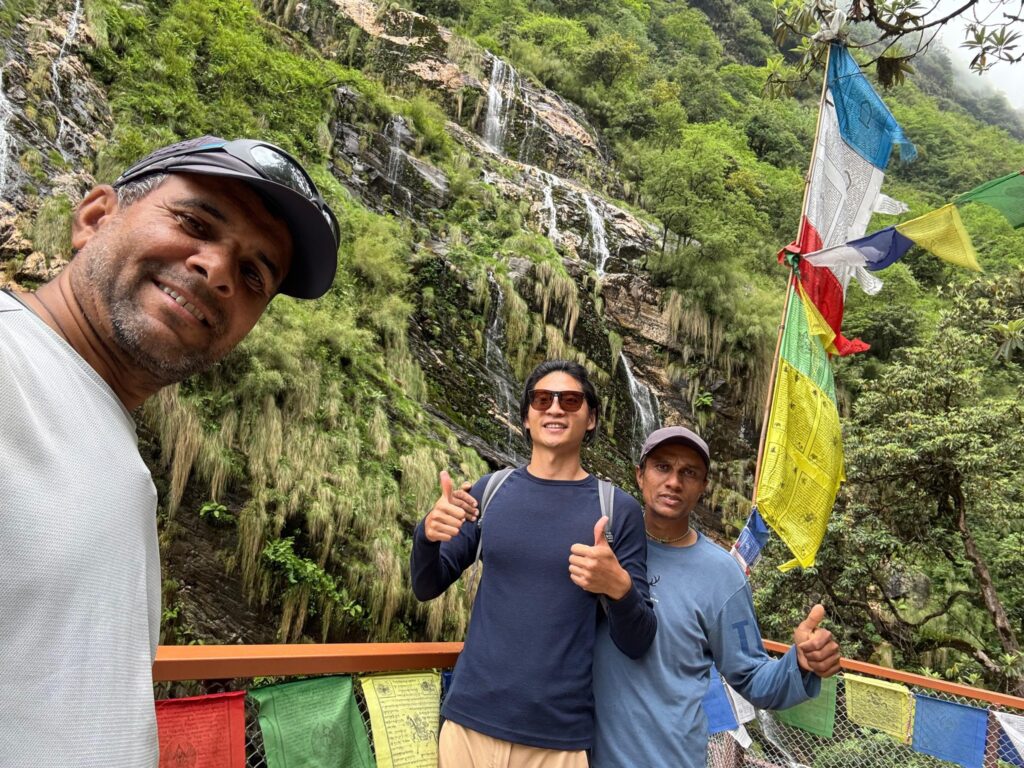

The monsoon transforms Nepal into a photographer’s paradise. Mist-laden hills, rain-soaked valleys, and dramatic skies create a dynamic canvas. Monsoon season Trekking in Nepal offers unique opportunities for stunning shots:
- Lighting: Overcast skies provide soft, diffused light, perfect for landscapes and portraits.
- Timing: Early mornings offer clearer skies, while late afternoons bring ethereal light rays and fog.
- Tips: Use a waterproof camera bag, embrace spontaneous weather changes, and ask permission before photographing locals.
- Ethics: Respect nature and avoid risky shots on slippery terrain.
From emerald rice terraces to Himalayan peaks peeking through clouds, monsoon photography captures Nepal’s raw, emotional beauty.
Wildlife and Birdwatching Adventures
The monsoon enlivens Nepal’s national parks, making it a rewarding time for wildlife enthusiasts. Parks like Chitwan and Bardia teem with life as rivers swell and vegetation thickens.
Chitwan National Park Highlights:
- Buffer Zone Jeep Safaris: Explore the park’s edges for sightings of rhinos, deer, and monkeys (core park safaris close during monsoon).
- Canoeing: Glide along rivers (when safe) to spot crocodiles and waterfowl.
- Jungle Walks: Immerse yourself in the monsoon jungle’s sights and sounds.
- Tharu Cultural Tours: Learn about the Tharu people’s traditions and lifestyle.
Birdwatching:
The rainy season activates species like cuckoos, minivets, and paradise flycatchers. Bring waterproof binoculars and a field guide, and be patient—monsoon birdwatching rewards those who brave the elements.
Safety Tips:
- Stick to marked trails and follow guides’ advice.
- Avoid swollen rivers and respect wildlife from a safe distance.
Monsoon Cuisine: Warming Heart and Soul
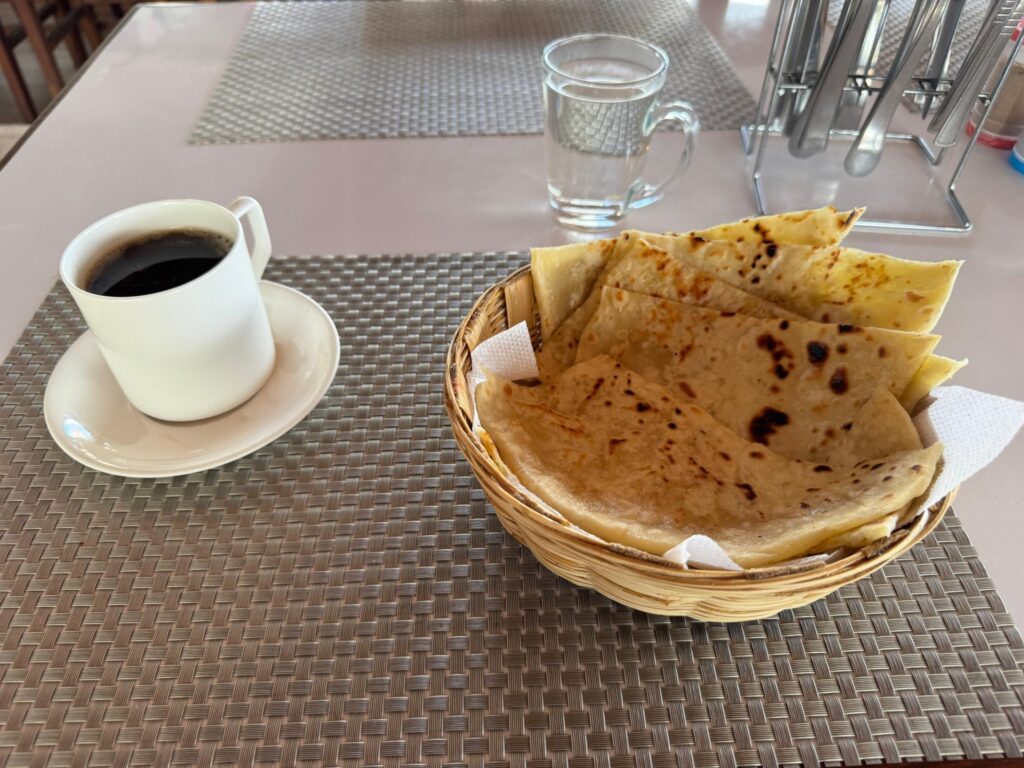
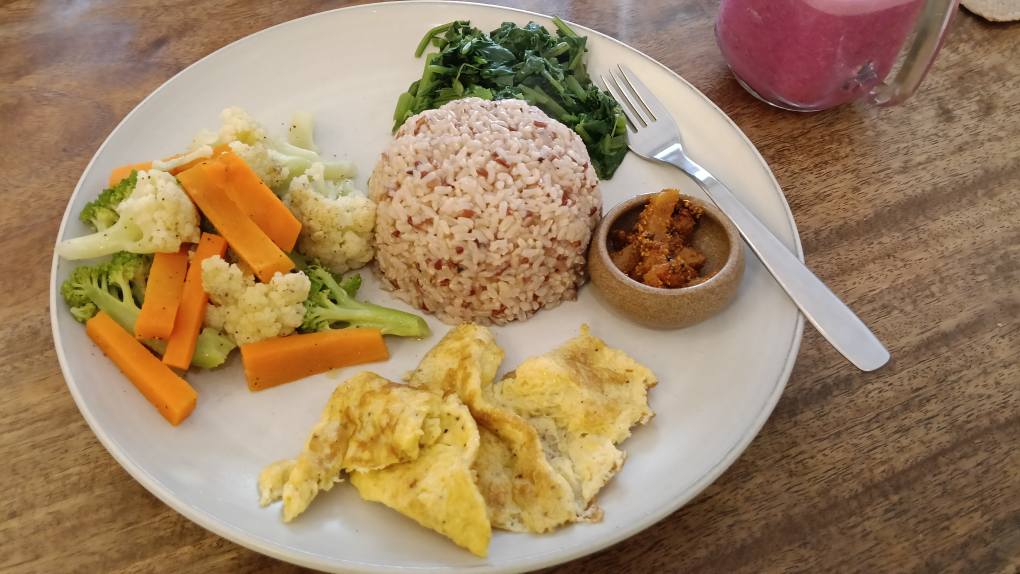

Nepal’s monsoon cuisine is all about comfort and nourishment. Hot, freshly cooked meals help ward off the damp chill and boost immunity. Must-try dishes include:
- Dal Bhat: A hearty lentil-and-rice staple with seasonal vegetables.
- Thukpa: A warming noodle soup with spices and greens.
- Momos: Steamed dumplings filled with meat or vegetables.
- Thenduk: Hand-pulled noodle stew, perfect for rainy days.
Tips: Opt for freshly prepared foods to avoid waterborne illnesses, and savor local eateries’ seasonal specialties.
How Big Sky Treks Enhances Your Monsoon Adventure
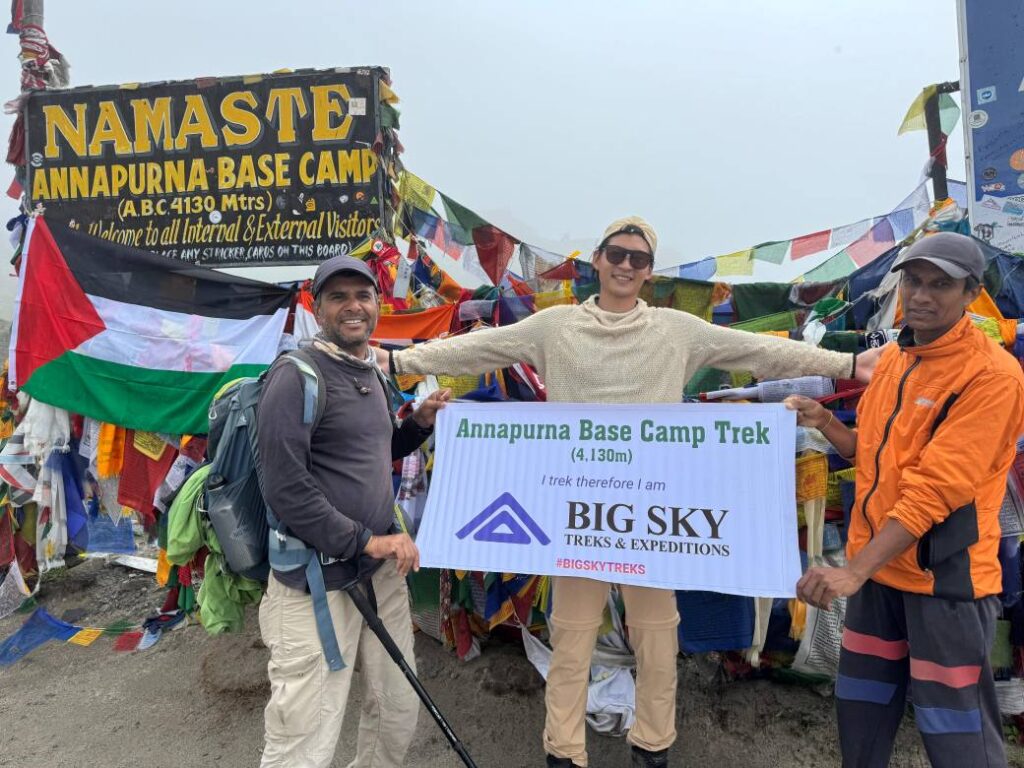
Partnering with Big Sky Treks ensures a safe, tailored Monsoon season trekking in Nepal experience. Their expertise shines in:
- Curated Itineraries: Recommending monsoon-friendly treks like Upper Mustang or Nar Phu based on your preferences.
- Skilled Guides: Local experts navigate trails and weather hazards with ease.
- Flexible Plans: Adjusting schedules for unexpected weather or trail conditions.
- Logistical Support: Handling permits, gear rentals, and emergency planning.
- Cultural Connections: Arranging village stays and festival visits for immersive experiences.
Nepal Monsoon Travel Tips
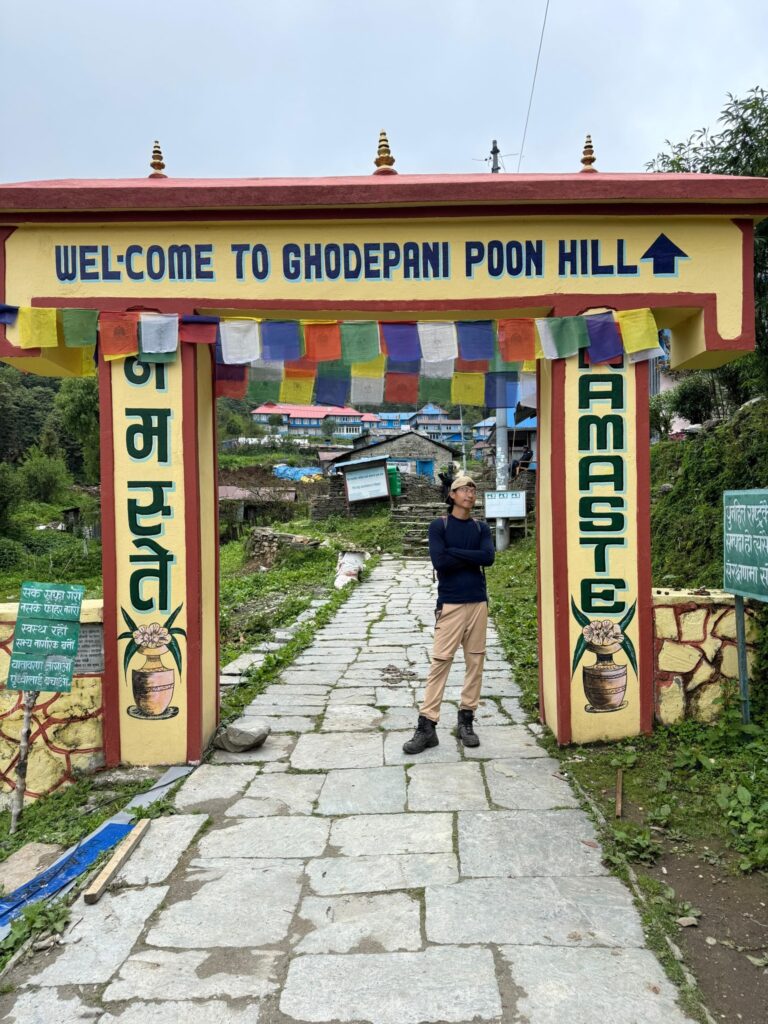
- Choose Rain Shadow Treks: Upper Mustang, Nar Phu, and Manang offer drier conditions.
- Pack Smart: Prioritize waterproof gear and leech protection.
- Plan for Delays: Build extra days into your schedule for weather-related disruptions.
- Stay Informed: Monitor local weather and trail updates.
- Embrace the Rain: The monsoon’s beauty lies in its lush, untamed energy—come prepared to enjoy it.
FAQs: Monsoon season Trekking in Nepal
-
Is trekking safe during the monsoon?
Yes, with proper planning and rain shadow treks like Upper Mustang. Always check trail conditions.
-
What are the best monsoon treks?
Ghorepani Poon Hill, Nar Phu Valley, Annapurna Circuit (Jomsom/Manang), and Mardi Himal.
-
What gear is essential?
Waterproof clothing, trekking poles, leech socks, sturdy boots, and travel insurance.
-
Why travel to Nepal in the monsoon?
Lush scenery, fewer crowds, cultural festivals, and budget-friendly prices.
-
Can the monsoon disrupt travel?
Yes, landslides and flight delays are possible. Include buffer days and stay updated.
Conclusion
Monsoon season Trekking in Nepal is a journey for those who crave adventure and authenticity. From the stark beauty of Upper Mustang to the lush trails of Mardi Himal, the rainy season reveals a Nepal few experience—vibrant, serene, and alive with culture. With careful preparation, the right gear, and guidance from Big Sky Treks, your monsoon adventure will be unforgettable. Embrace the rain, savor the solitude, and discover the magic of Nepal’s rainy season.



